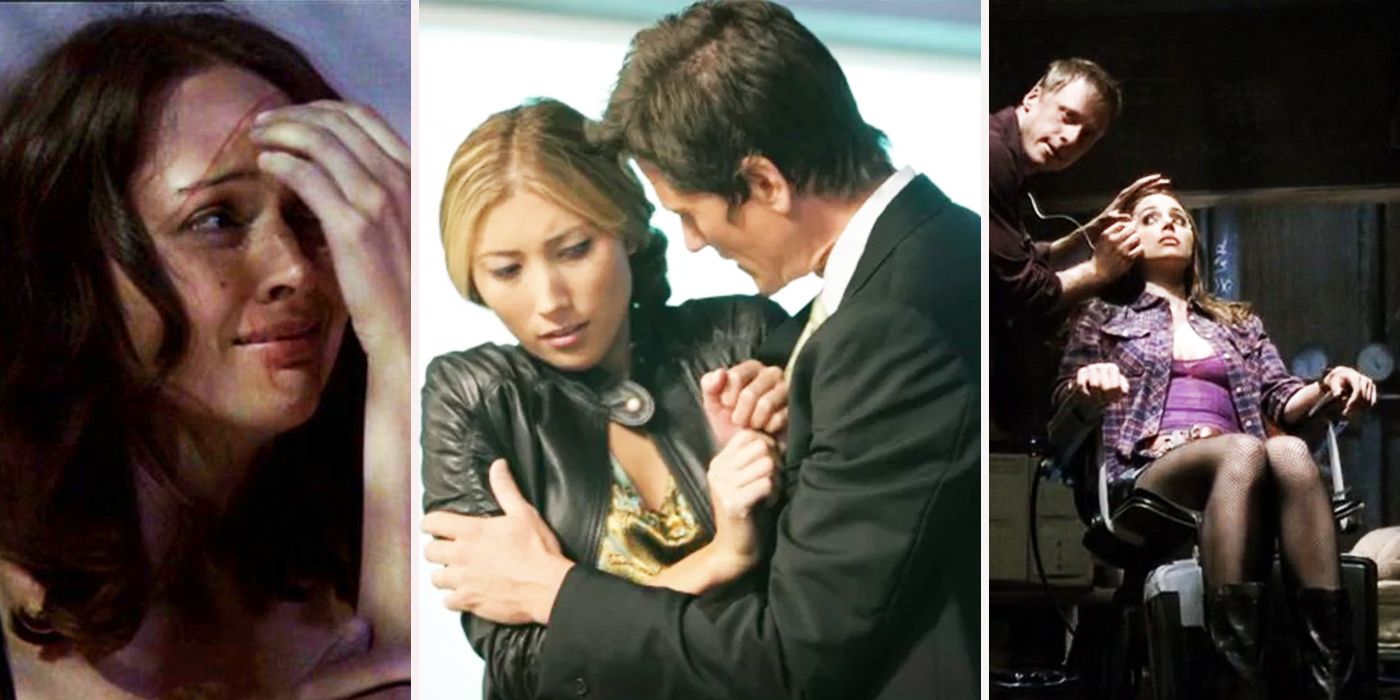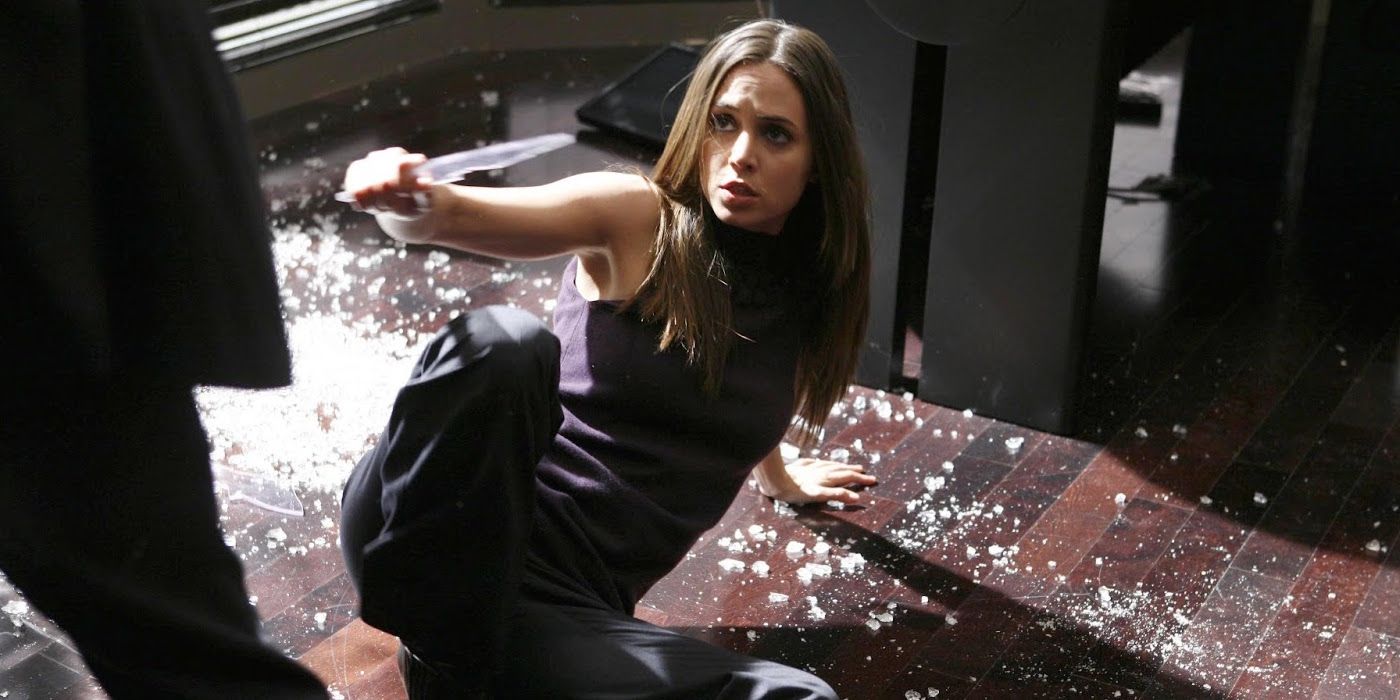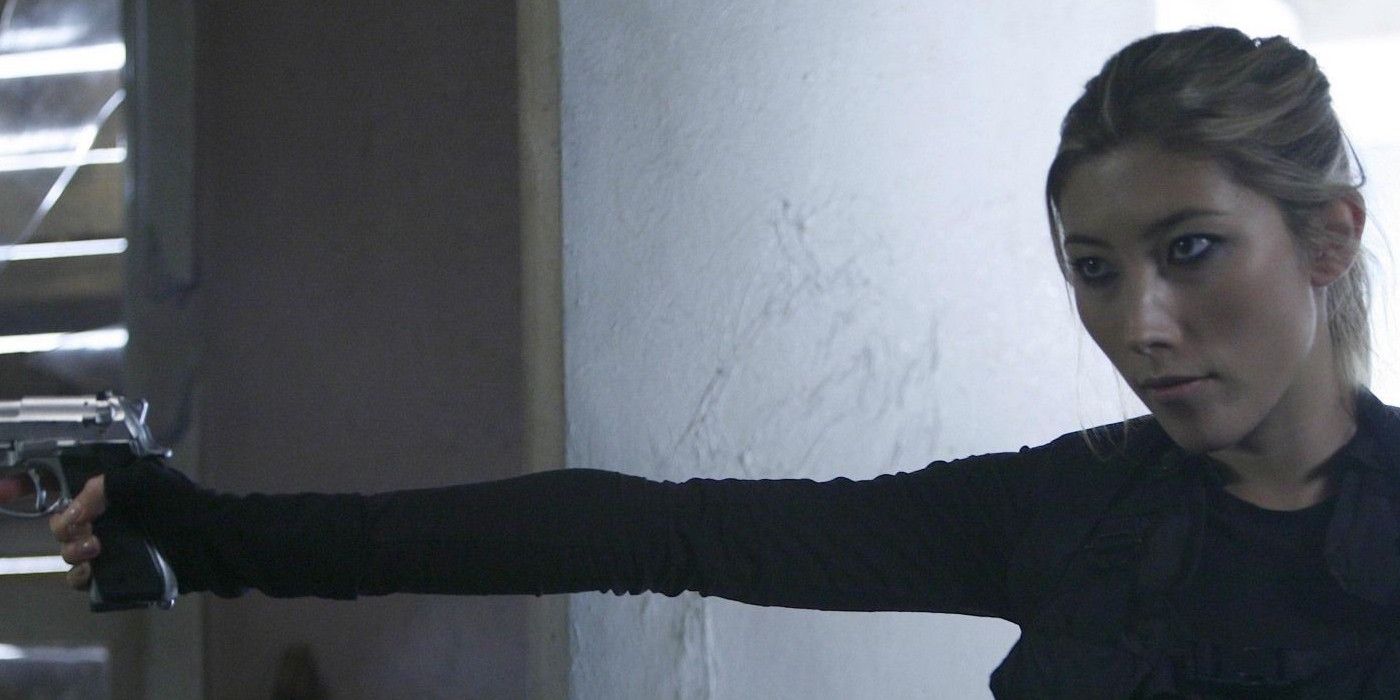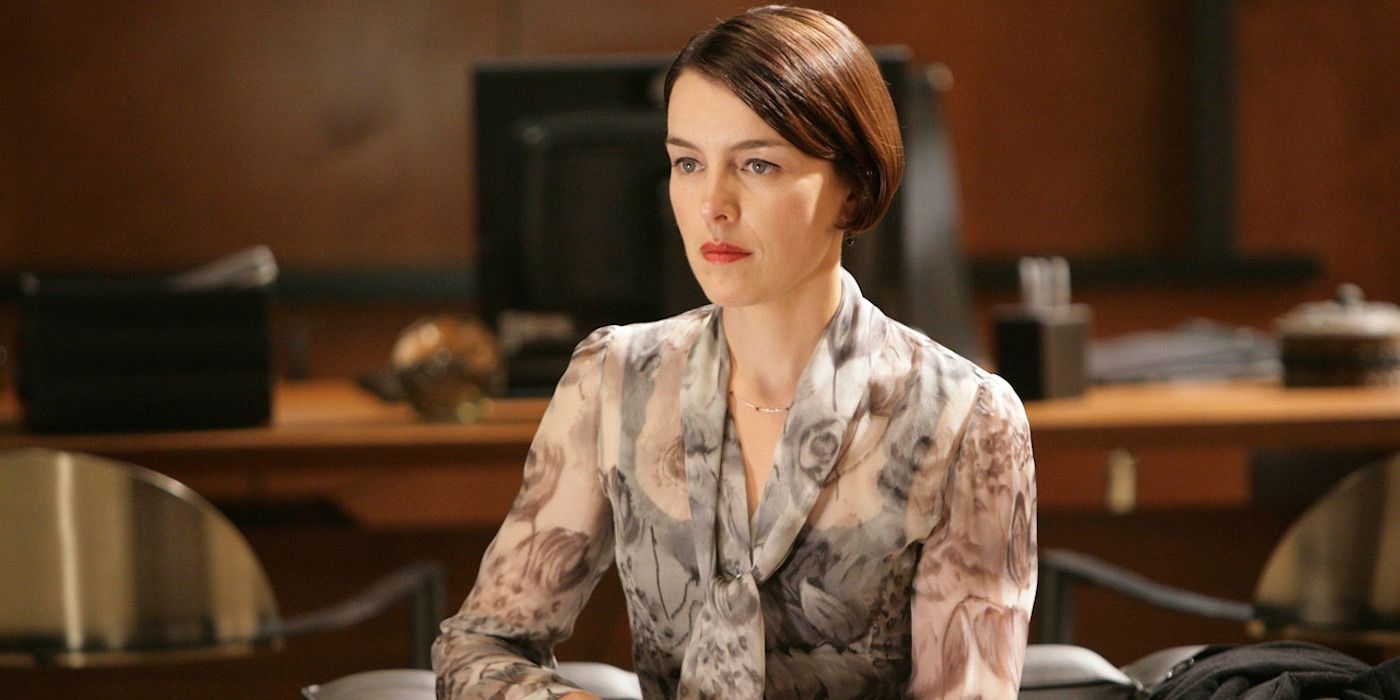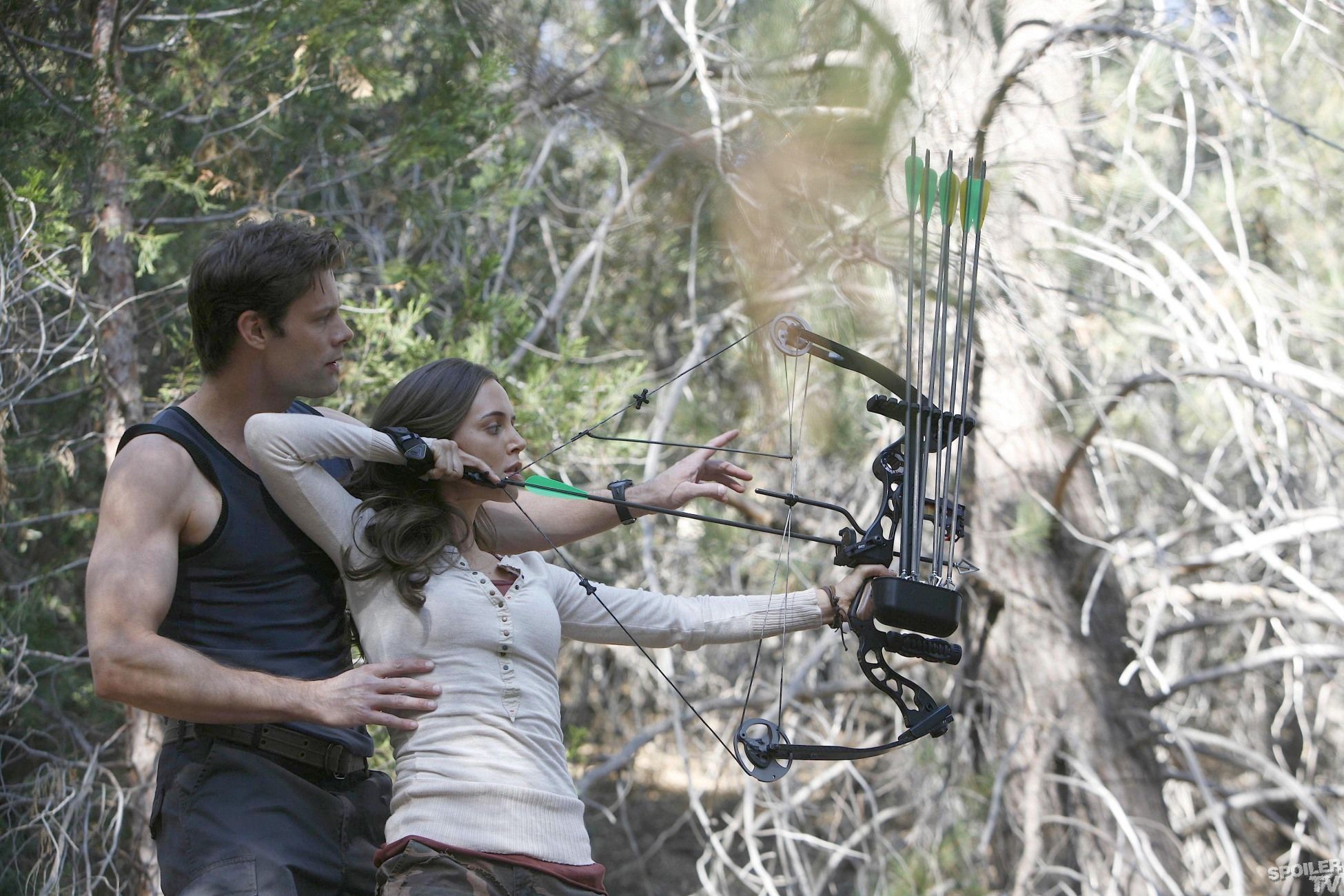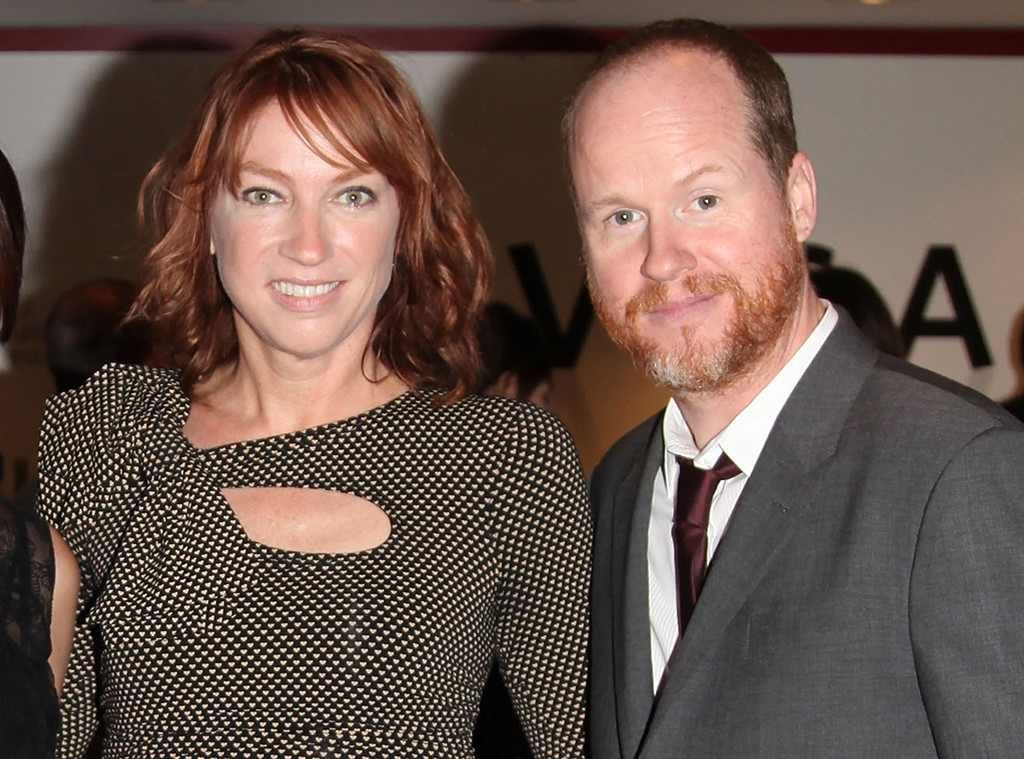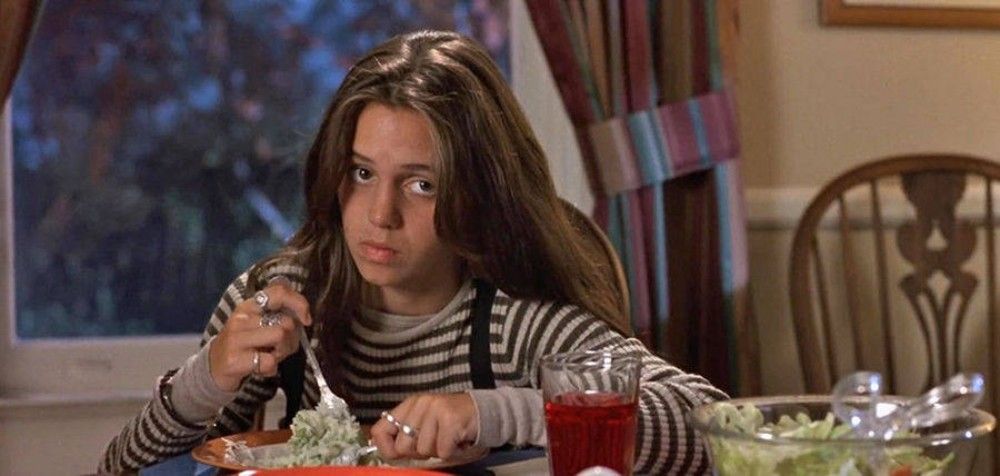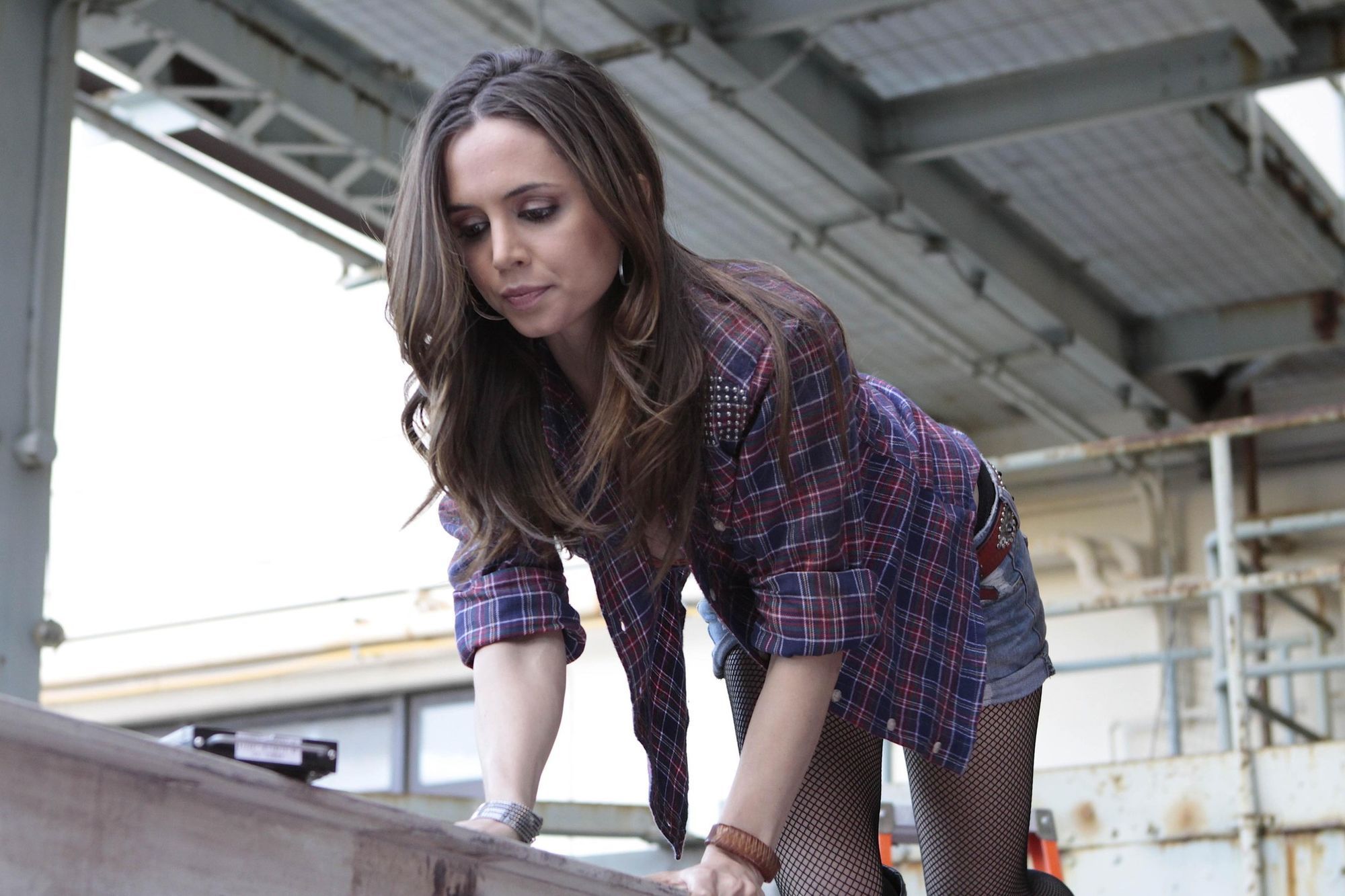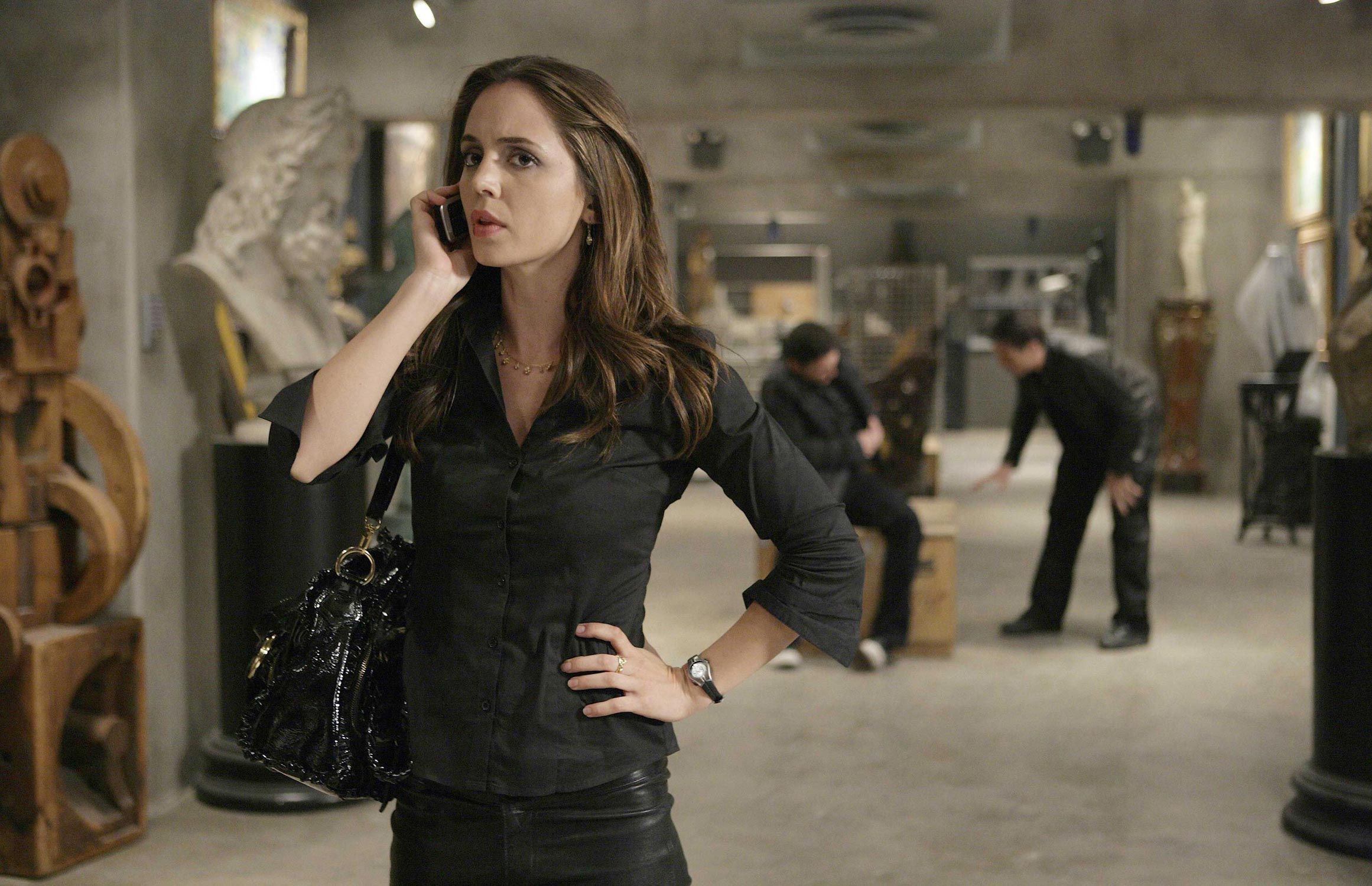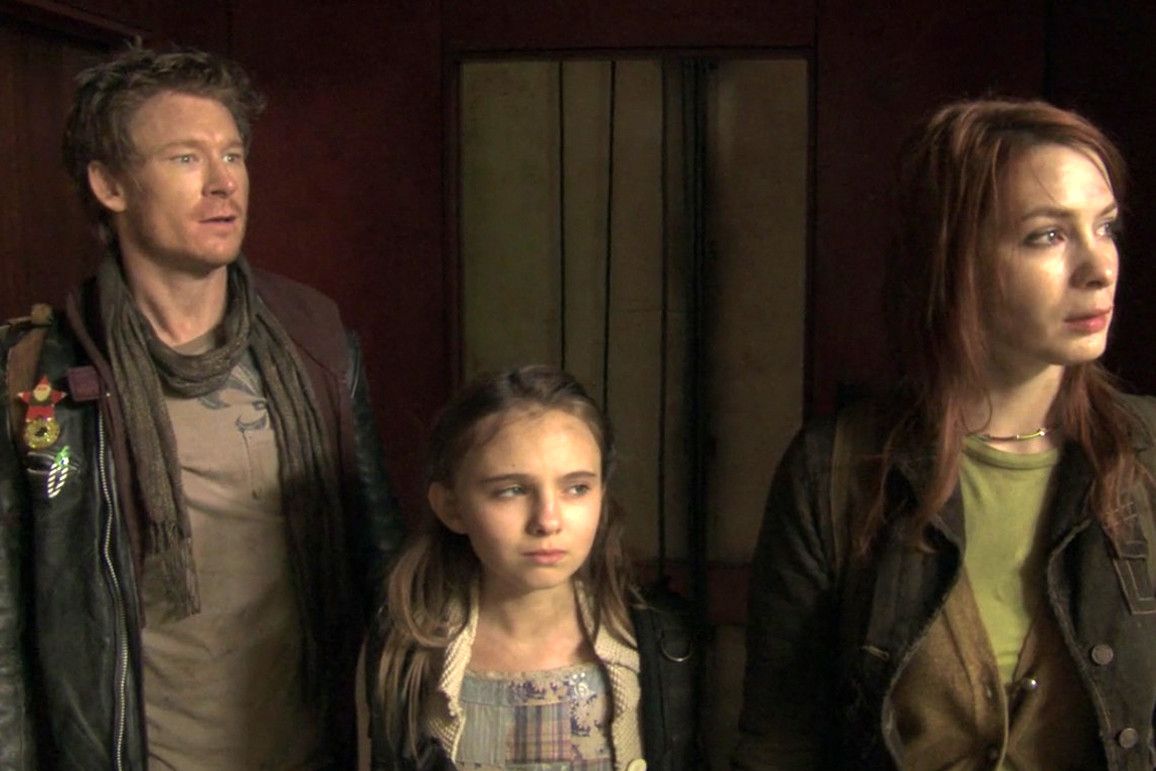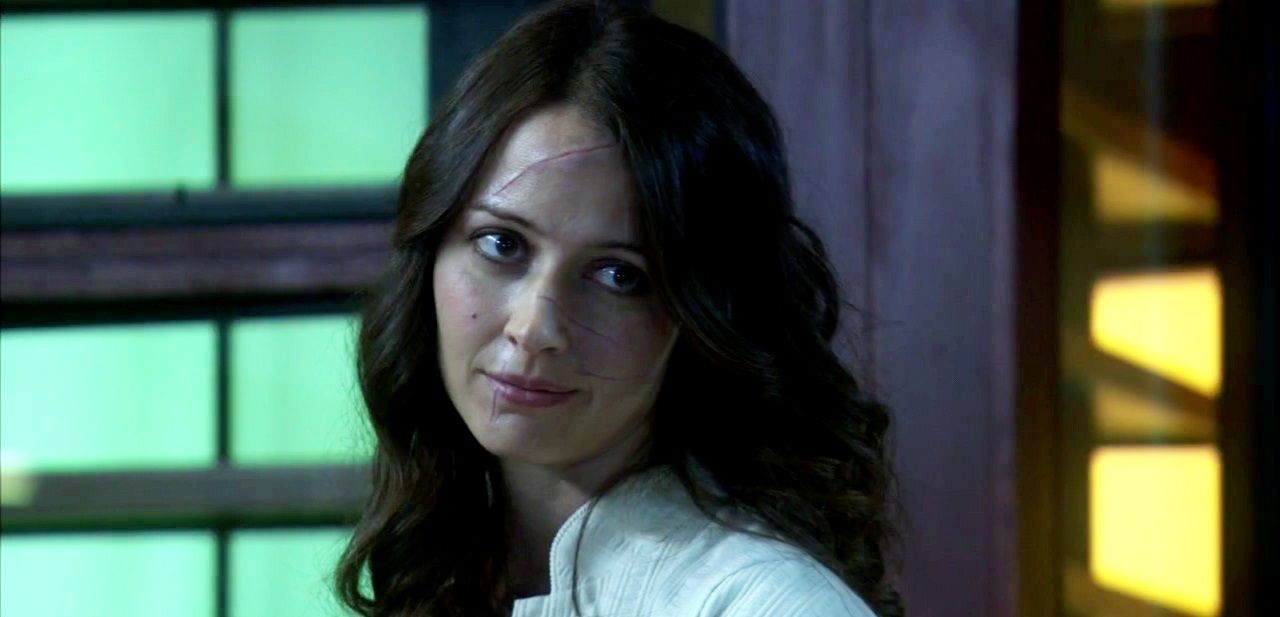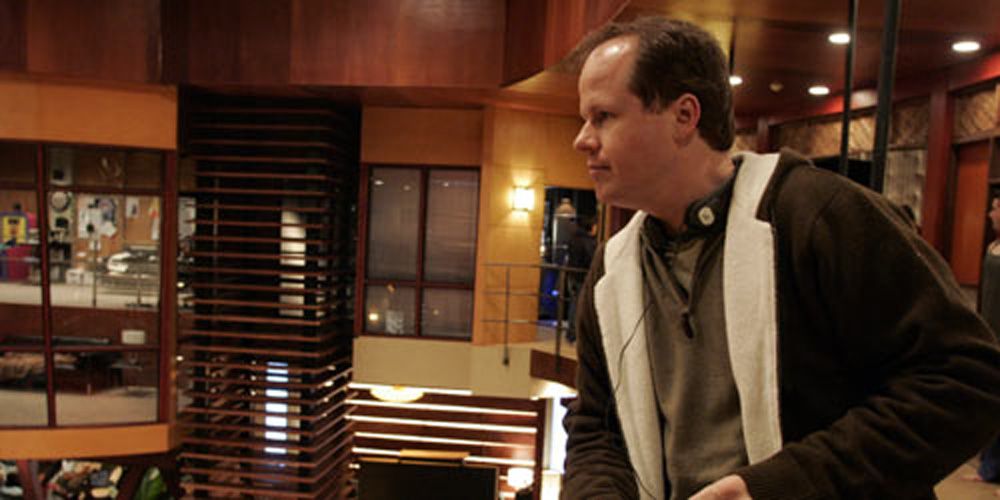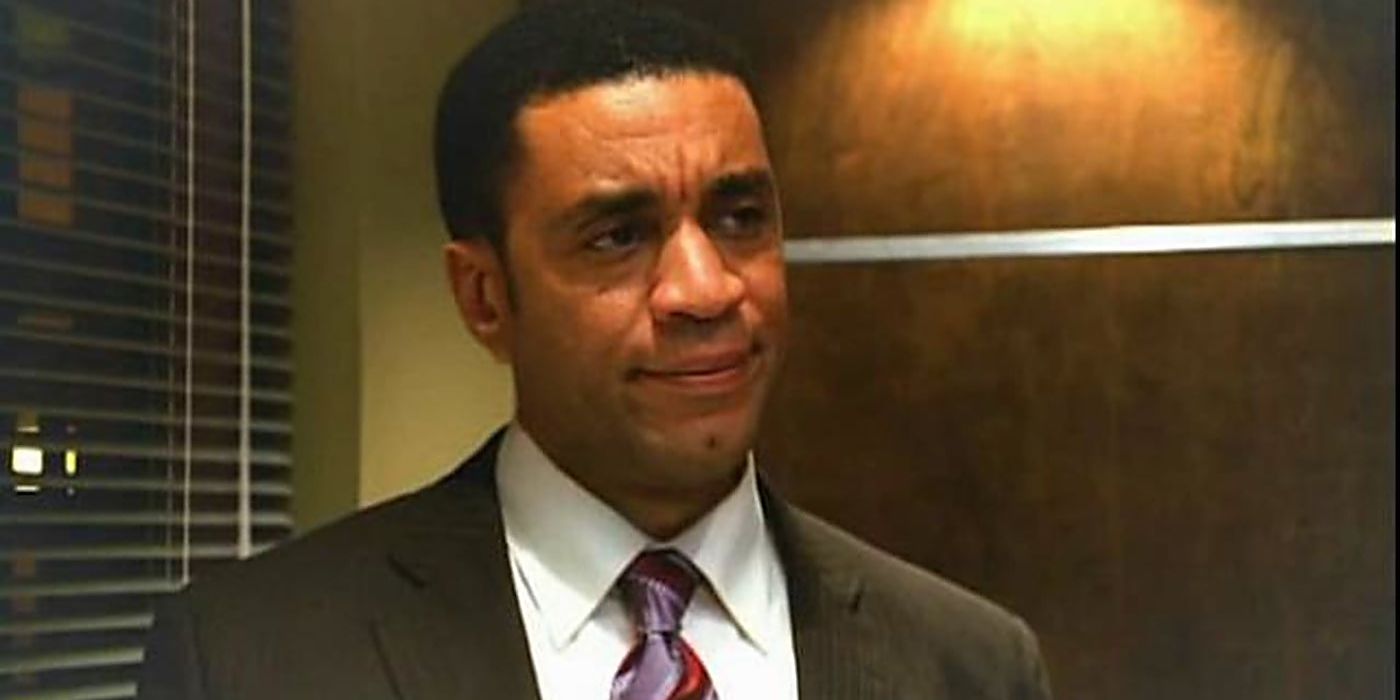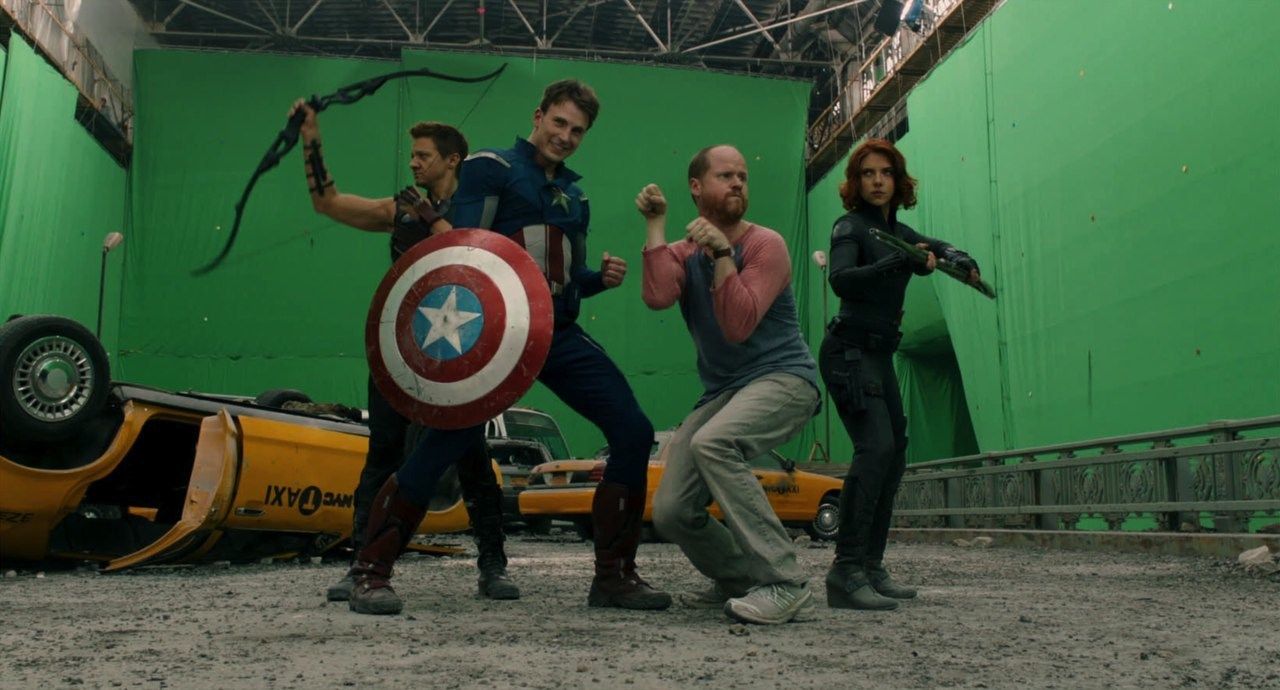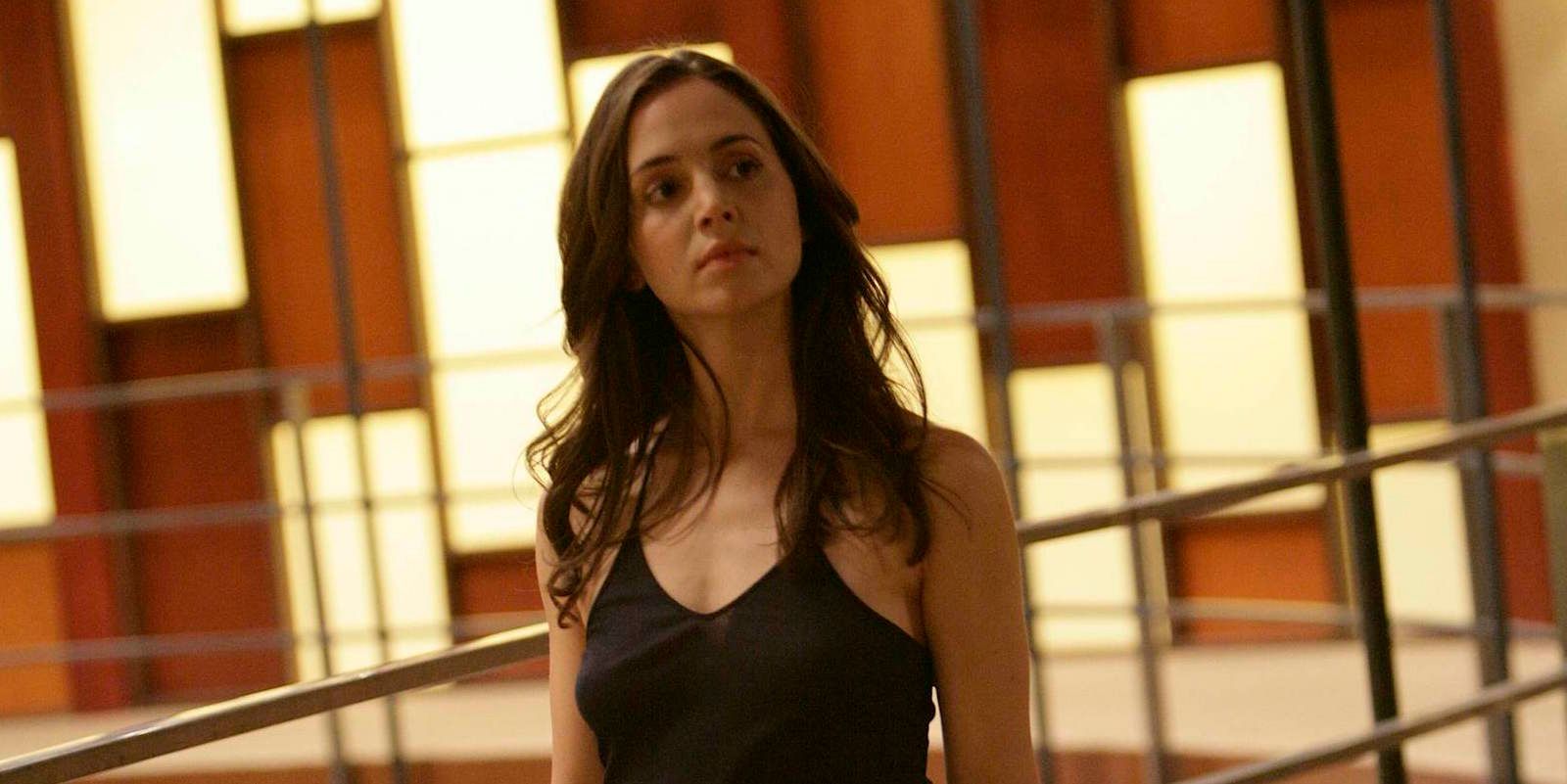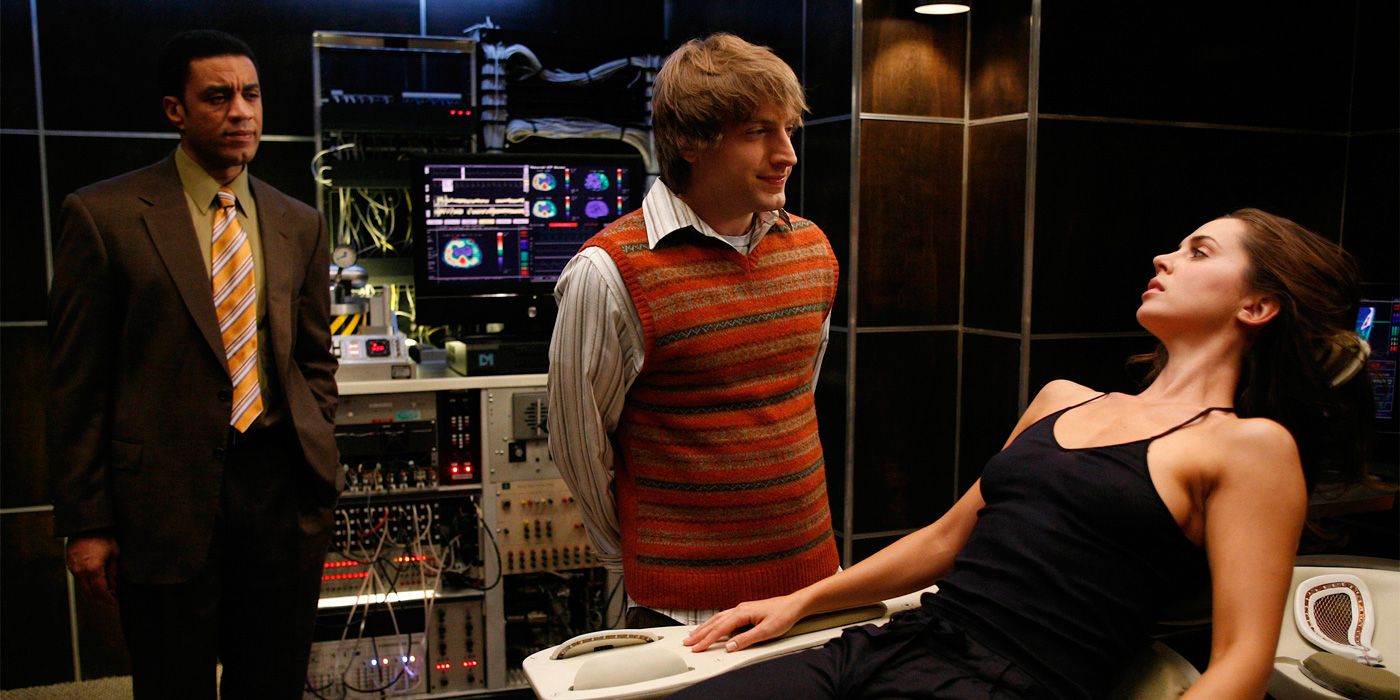Dollhouse is something of the odd duck in the much-celebrated oeuvre of creator Joss Whedon. Debuting on Fox in 2009, Dollhouse told the story of Echo (Eliza Dushku), a woman whose mind has been wiped, and can be imprinted with different personalities and abilities based on the needs of an individual mission for the Dollhouse, overseen by the shadowy Rossum Corporation.
Dollhouse was a twisty, high concept show, even for Joss Whedon. It seemed to be a poor fit for the Fox of the ‘00s, which thrived on safer, more conventional reality shows and sitcoms. It’s easy to imagine Dollhouse thriving on cable or a streaming service in today’s television landscape, but Whedon has often been a bit ahead of his time when it comes to television.
The show was Whedon’s last venture into television before migrating to the big screen, and it’s a difficult, dark show that polarized both general audiences and Whedon’s own fanbase. The show had a notoriously troubled production, as Whedon clashed with the network and even had trouble articulating his own vision at the outset. It would prove to be a rewarding series by it second and final season, but there were plenty of controversial moments that ended up defining as Whedon’s biggest disappointment.
These are 16 Secrets Behind Dollhouse You Had No Idea About.
16. Eliza Dushku fractured her arm filming the series finale
The series finale of Dollhouse, “Epitaph Two: Return” saw the show revisit the dystopian future of the first season finale, “Epitaph One.” The second season seemed to be on a collision course with that dark future from the very start, and “Epitaph Two” delivered in pretty much every way, turning the last chapter in the world of Dollhouse into something akin to a Mad Max short film.
The finale famously featured some controversial fatalities, and even the real life cast suffered an unfortunate casualty. Eliza Dushku suffered a fractured arm during filming. Almost as if she was channeling Echo, she hid the injury under her wardrobe, still able to kick futuristic butt with one arm. It’s darkly fitting symbolism for a show that seemingly had one hand tied behind its back from day one.
15. There was a canceled webseries
During the lead-up to the show’s premiere, Whedon enthusiastically discussed the prospect of every episode of the show having a corresponding webisode that would expand on the themes and plot of the broadcast entry. That was certainly an ambitious notion for a network series in 2009, but Whedon had just come off Dr. Horrible’s Sing-Along Blog, which was not only a critical success, it was a massively influential pioneer in online distribution.
But Dollhouse’s webseries never surfaced.
There was never an official reason for why it never happened.
However, the fact that the show had well documented pre-air issues, and the fact that it was clear it was never going to be a ratings winner for Fox meant it was unlikely anyone at the network wanted to spend money on extraneous content.
14. Olivia Williams’ fiancé left her for another woman
Olivia Williams’ turn as Adelle DeWitt, the amoral director of the Dollhouse, was one of the most memorable performances in the series’ run. Adelle’s motivations were always somewhat hazy, as she kept things close to the vest, vacillating between sneering villain and unlikely ally from minute to minute. She proved to be a surprisingly layered character in the season’s second season, when she joined the team of conspirators who meant to take down Rossum.
Williams had to face some unenviable trials in her real world personal life as well.
Her seven-year relationship with actor Jonathan Cake ended when he left her just weeks before their wedding for another woman, future Doctor Who supporting player Jemma Redgrave. The story would have a happy ending, as Williams has been happily married to playwright Rhashan Stone since 2003.
13. Dangerous filming on “The Target”
“The Target,” the second episode of the series, saw Echo coupled with an outdoorsman who takes her on an adventure deep into the wilderness, where he intends to end their date by hunting her to death. With Boyd unable to help her, Echo has to fend for her life on her own. It set the tone for the series in many ways, even more so than the initial episode.
It’s a harrowing setup for an episode, and it turned out the filming of it was suitably treacherous.
Director Steven S. DeKnight confirmed the woods in which they filmed the episode were full of rattlesnakes, massive beehives, and extreme temperatures. The bumpy mountain roads required to get to the location even led DeKnight to lose his lunch.
12. Joss Whedon’s infidelity
Joss Whedon has been a cult icon for well over two decades. He’s courted controversy plenty of times over that period, though it’s almost always been due to something onscreen, be it the complicated gender politics of Buffy or Age of Ultron or his infamous penchant for killing off beloved characters.
Whedon found himself in new controversial territory in 2017 when his ex-wife, Kai Cole, detailed the dissolution of their marriage in a bombshell op-ed, alleging Whedon cheated on her both physically and emotionally, sometimes with the stars of his shows.
Whedon chose to essentially offer a no comment in deference to his children with Cole, but it’s a revelation that still hounds him and has done serious damage to the reputation of "righteous feminist ally" he’s cultivated over the years.
11. Eliza Dushku's painful past
Eliza Dushku’s performance as Echo was the heart and soul of Dollhouse, the engine that propelled the entire enterprise forward. Dushku is still only in her 30s, but she’s been a near constant presence on our movie and TV screens since the early ‘90s.
Most viewers first became aware of her in the Arnold Schwarzenegger action film True Lies, in which she starred as the Governator’s daughter. But what should have been a wonderful mainstream debut for Dushku turned out to be a traumatic nightmare.
In the wake of the Me Too movement, Dushku revealed that she was assaulted by True Lies’ stunt coordinator Joel Kramer. She also alleged that after Kramer was confronted about the incident, Dushku was injured during a stunt in which Kramer was responsible for her safety. It’s an awful story of abuse that’s become all too familiar in Hollywood.
10. Misogynistic undertones
Joss Whedon has cultivated a reputation as a feminist over the years, starting with Buffy, the story of a female warrior who fights back against not only the demons and monsters of the night. Angel and Firefly didn’t really do much to progress that reputation, but they didn’t really regress it either.
But there was something off about Dollhouse. The show, by design, was the story of a woman whose mind and body were exploited by nefarious, patriarchal forces. Dollhouse sometimes leaned into the disturbing reality of that scenario a little too enthusiastically, coming perilously close to embracing the things it was meant to be condemning.
The show mostly got over that tonal weirdness by the second year, but it’s very much there in the first season.
9. Fox had no idea how to promote it
You almost have to feel sorry for Fox. They had whiffed on a much beloved Whedon project before with Firefly, bungling its rollout and relegating it to a Friday night death slot. It seems highly unlikely Whedon would have come to Fox with a second high-concept series had he not been forced to.
Whedon shaped the series around Eliza Dushku, who was locked into a production deal with Fox at the time.
Predictably, Fox – dominated by procedurals and sitcoms at the time – had no idea how to promote a series about identity and consciousness as told through cold, dehumanizing sci-fi tropes. Dollhouse was probably never going to be a hit, but its weak, confused marketing campaign doomed it before it debuted.
8. The season one finale never aired in America
The series’ most beloved episode never aired in America, and had some decidedly unusual origins. After the series’ original pilot episode was scrapped, the first season’s episode count was reduced to twelve. The Fox network had no problem airing one fewer episode of a low-rated, expensive series, but the Fox production company still needed a thirteenth episode for international and DVD releases.
The result was “Epitaph One”, an episode that featured little of the regular cast and is something of a coda to the season set ten years in its relative future, where the Dollhouse technology has been weaponized, creating a dystopia.
A glimpse of that future offered tantalizing hints about where the show could end up going in its second season, and was compelling enough to forgive many of the first season’s missteps. It’s just a shame most people never saw it during the show’s original run.
7. Dr. Saunders was going to be a middle-aged man
It’s almost a joke at this point that Joss Whedon can’t help himself from using the same actors over and over again. Indeed, the star of Dollhouse, Eliza Dushku, famously first worked with Whedon as the rough-around-the edges slayer Faith on Buffy the Vampire Slayer. Whedon has attempted to shy away from that reputation with his more recent work, but it was still in full swing with Dollhouse.
Dr. Saunders was originally going to be an older man, but the role was overhauled when Amy Acker became available.
Acker is a Whedonverse favorite, having stolen and broken the hearts of millions of fans as Winifred Burkle on Angel. Her version of Saunders would prove to be a pivotal player in Dollhouse, especially its darker, twistier second season. It’s hard to imagine anyone other than Acker in that role.
6. Whedon had to cram his five-season plan into two seasons
It’s generally not a good idea to plot multiple seasons ahead, especially if you’re making a science-fiction show for Fox. Joss Whedon probably should have known better, but he found himself so taken by the concept of Dollhouse that he plotted out a long game that, on some level, he had to have known he’d likely never get a chance to tell.
The show’s infamously troubled first season never really even touched on the bigger plans Whedon had in store, but the show’s surprise renewal for a second – and almost certainly final – season meant Whedon could at least accelerate his plans and tell his story on a drastically reduced timetable.
Ironically, that resulted in a breakneck, bonkers second season that still stands as one of the best things Whedon has ever done.
5. Boyd Langton wasn't originally planned to be the big bad
Harry Lennix’s Boyd Langton was one of Dollhouse’s most immediately likable characters. A former cop who serves as Echo’s handler, he was presented as one of the few morally uncompromised characters in the show’s dark, dehumanizing world.
To say Boyd's last minute reveal as the head of Rossum Corporation was a shock would be a massive understatement.
There’s a reason for that – Boyd was not initially planned to be the series’ ultimate big bad. When the show was renewed for a second season, the producers realized it was likely the end, and they wanted the man pulling all the strings to be someone the audience had some sort of connection to. Boyd was the one that made the most sense to them. It still stands as one of the show’s most controversial choices.
4. It led Whedon to swear off network TV
After relatively smooth sailing for seven years of Buffy, Joss Whedon was slowly ground into hamburger meat by the dimwitted gears of network television. The Buffy spinoff Angel was canceled by the WB for reasons that still defy basic logic at the height of both its ratings power and creative vitality. Fox’s bungling of Firefly has almost become legend at this point, a case of a network essentially dooming a show before it ever aired with some breathtakingly stupid meddling.
Dollhouse was the last straw for Whedon.
Fox clearly never believed in the show, meddled in its creative process, and relegated it to a Friday night death slot. It would be Whedon’s last regular TV gig to date, as he soon shifted to box office dominance directing the Avengers films.
3. Whedon was shocked he got a second season
The writing as on the wall very early during Dollhouse’s first season – this would be another one and done for Joss Whedon; a second quick cancellation in the vein of Firefly. The fact that Fox declined to even air the season’s final episode, “Epitaph One”, seemed to drive this point home.
Something very strange happened – the show was renewed for a second season.
Nobody could believe it, least of all Whedon himself. Fox bizarrely suggested this was primarily to avoid the wrath of Whedon’s famously passionate fanbase, a lesson the network surely learned after botching Firefly. Regardless of the reasoning, that miraculous one-year reprieve allowed Whedon to expand the show’s world in exciting ways and make it something much more than a single season misfire.
2. Fox made Whedon back off of the mature themes
Part of what Whedon found so compelling about the world of Dollhouse was the unavoidable subtext of servitude. It was made plain that the vast majority of the dolls weren’t going on exciting spy missions, they were being rented out as witless slaves. Whedon had planned to use that aspect of the show to explicitly comment on real world gender politics.
Fox was deeply uncomfortable with that prospect, preferring the show maintain its more fun, case of the week format and avoid such thorny societal issues that would turn off casual viewers. It ultimately didn’t matter, as the show’s complex premise and Fox’s own ineptitude turned off casual viewers before they ever had to contend with something as heady as frank adult themes on network television.
1. The unaired pilot
It’s hard to imagine Joss Whedon couldn’t see what was coming. After Fox enthusiastically green-lit the show with a 13 episode order outside of the conventional pilot process, he likely thought he was working with a group of executives who understood his vision and were going to support him.
After the first episode was completed, Fox was deeply displeased.
The initial episode gave too much of the show’s long game away, and seemed to eschew the procedural format Fox was counting on.
Whedon – who acknowledged the pilot had problems - retooled the episode, intending for it to be the show’s second episode, but Fox still wasn’t happy. It was ultimately used for parts over the show’s first season. It was an inauspicious start, and a bad omen for the studio’s confidence in the show.
---
Do you have any other Dollhouse trivia to share? Leave it in the comments!

